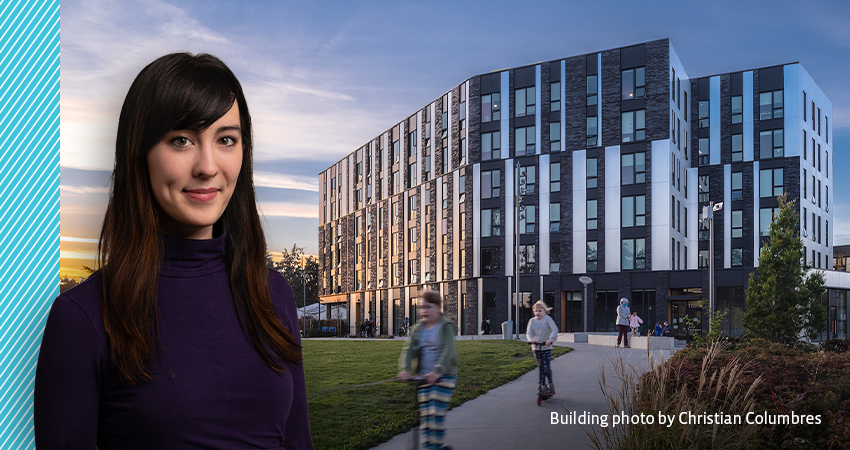
It is estimated that Oregon will need 584,000 new homes over the next 20 years to keep up with projected population growth*, while also attempting to meet a goal of reducing carbon emissions by 80% by 2050. While this pressing need challenges the building industry to quickly provide many homes, it also offers an opportunity to develop strategies for multifamily housing that address net-zero operational carbon goals while aiming for lower embodied carbon footprints.
Learn how Net Zero Fellow, Hannah Rusnac, and her team at Host Architecture focused on these realities by analyzing the embodied and operational carbon of a range of wood-framed and hybrid construction in eight multifamily housing projects in two regional climate zones. The goal was to provide designers and the larger development team (owners, engineers, etc.) with embodied and operational carbon assessments to help them aim for net-zero carbon footprints in new multifamily housing in Oregon. This research will help set goals and benchmarks for the whole-life carbon footprint of future multifamily construction in our state.
Learn more and download Hannah’s research on Energy Trust’s website.
If you have questions about the Net Zero Fellowship, please contact Naomi Cole, Net Zero Grants manager, at 503.956.0244.
*According to the HB 2003 (2019) Regional Housing Needs Analysis by Oregon Housing and Community Services

